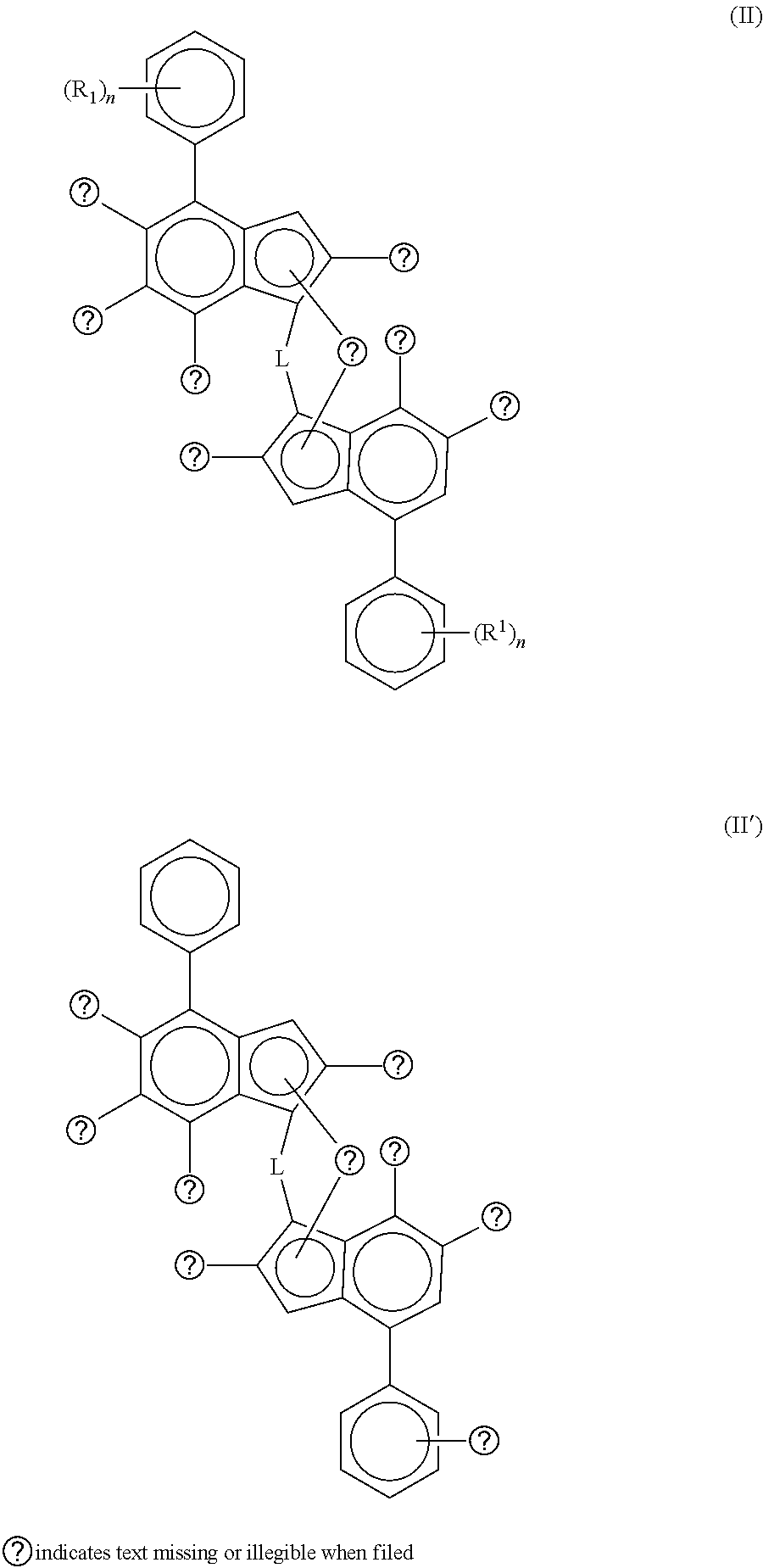Polypropylene-Polyethylene Composition with Improved Toughness
- Summary
- Abstract
- Description
- Claims
- Application Information
AI Technical Summary
Benefits of technology
Problems solved by technology
Method used
Image
Examples
Embodiment Construction
[0179]A. Measuring Methods
[0180]The following definitions of terms and determination methods apply for the above general description of the solution as well as to the below examples unless otherwise defined.
[0181]Melt Flow Rate (MFR)
[0182]MFR was measured according to ISO 1133 at a load of 2.16 kg, at 230° C. for the PP homo- and copolymers and blends and for the composition and at a load of 2.16 kg, at 190° C. for the PE hompolymers.
[0183]Melting Temperature Tm, Melting Enthalpy Hm and Crystallization Temperature Tc
[0184]The parameters are determined with a TA Instrument Q2000 differential scanning calorimetry (DSC) on 5 to 7 mg samples. DSC is run according to ISO 11357 / part 3 / method C2 in a heat / cool / heat cycle with a scan rate of 10° C. / min in the temperature range of −30 to +225° C. Crystallization temperature (Tc) is determined from the cooling step, while melting temperature (Tm) and melting enthalpy (Hm) are determined from the second heating step. Melting and crystallizati...
PUM
| Property | Measurement | Unit |
|---|---|---|
| Temperature | aaaaa | aaaaa |
| Temperature | aaaaa | aaaaa |
| Temperature | aaaaa | aaaaa |
Abstract
Description
Claims
Application Information
 Login to View More
Login to View More - R&D
- Intellectual Property
- Life Sciences
- Materials
- Tech Scout
- Unparalleled Data Quality
- Higher Quality Content
- 60% Fewer Hallucinations
Browse by: Latest US Patents, China's latest patents, Technical Efficacy Thesaurus, Application Domain, Technology Topic, Popular Technical Reports.
© 2025 PatSnap. All rights reserved.Legal|Privacy policy|Modern Slavery Act Transparency Statement|Sitemap|About US| Contact US: help@patsnap.com

